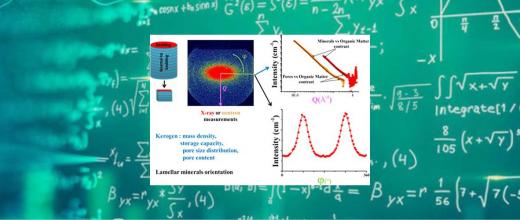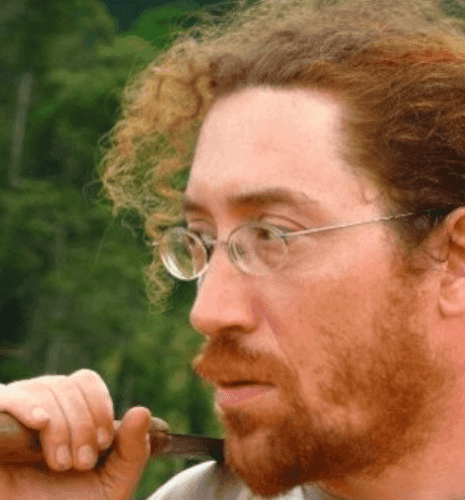
News in brief
Geoheritage and geodiversity accessible to all thanks to digital technology
Emerging in the 1990s, the notions of geoheritage and geodiversity have been receiving growing attention from academic communities, international organizations and public authorities. (...) It was in this context that, in 2020, IFPEN signed a partnership agreement with UNESCO, one of the objectives of which is to share digital tools facilitating the promotion of geoheritage and geodiversity to the general public...

News in brief
Underground modeling: an essential step for the energy transition
To address the challenges of the energy transition, the subsurface has an important role to play, both in terms of providing resources and offering storage solutions. (...) Numerical models can help gain a better understanding of the subsurface with a view to its long-term management and optimal use. Developed for a number of years now at IFPEN, initially for the petroleum industry, such models cover scales ranging from the sedimentary basin to the reservoir...

News in brief
Global change, impact on landscapes and water resources
Today, the impact of climate change and human activities on the evolution of landscapes and water resources is a major challenge. Predicting it requires dedicated tools capable of evaluating, 100 years ahead, the consequences of different scenarios on watersheds and groundwater. To this end, IFPEN is developing modeling approaches targeting erosion-transport-deposition phenomena combined with surface and subsurface flows. ...

News in brief
Artificial Intelligence-assisted interpretation of geological images
Over the last decade, deep learning applied to image analysis has rapidly developed in scope to cover numerous fields. However, its potential remains underexploited in geology, despite the fact that it is a discipline that relies to a large extent on visual interpretation. To contribute to the digital transformation of industries related to the underground environment, researchers at IFPEN have implemented deep learning in three “profession-specific contexts”, each involving different types of geological images.
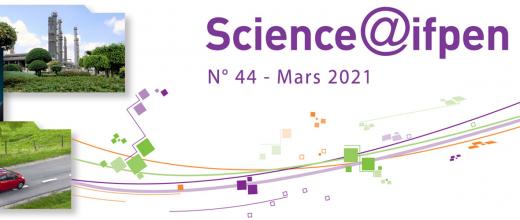
News in brief
From outcrop to reservoir: thanks to seismic waves!
Seismic imaging remains an important tool in the characterization of geological reservoirs. In the case of carbonate reservoirs, the biological origin of the sediments, as well as their transformation over time through diagenesis , results in numerous structural heterogeneities.

Individual page
Maria-Fernanda ROMERO-SARMIENTO
Research Engineer / Technical Advisor
Organic Geochemistry PhD. HdR.
Sciences of the Earth and the Universe HDR
Organic Geochemistry PhD. HdR.
Sciences of the Earth and the Universe HDR
Maria-Fernanda Romero-Sarmiento joined IFP Energies nouvelles in 2010 as a research scientist in organic geochemistry. She holds a Ph.D. in Organic Geochemistry from the University of Lille (France)
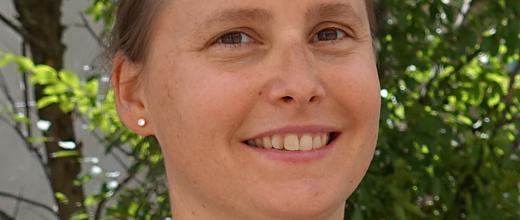
Individual page
Mathilde ADELINET
Lecturer in Geophysics at IFP School
Mathilde Adelinet graduated from the Ecole normale supérieure in 2007. She next worked on elastic properties of basalt in Iceland at the Maine University where she obtained her PhD in 2010. In 2010
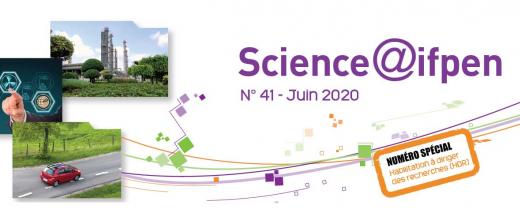
News in brief
Characterization and modeling of the facies(a)-eogenesis(b) couple, initial state of carbonate reservoirs (HDR 2017)
Carbonate reservoirs present significant heterogeneities (in terms of types and scales) associated with the biological origin of sediments c, as well as the diagenetic transformations that took place
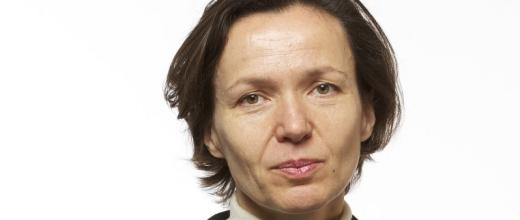
Individual page
Mickaele Le Ravalec
Director of the Economics and Technology Intelligence Division
Mickaele Le Ravalec studied earth sciences at EOST, Strasbourg, before obtaining a PhD in rock physics from the University of Rennes (1995) and an HDR from the University Louis Pasteur, Strasbourg

News in brief
Shedding new light on the geological history of sedimentary basins thanks to thermochronometry
THESIS BY XAVIER MANGENOT



